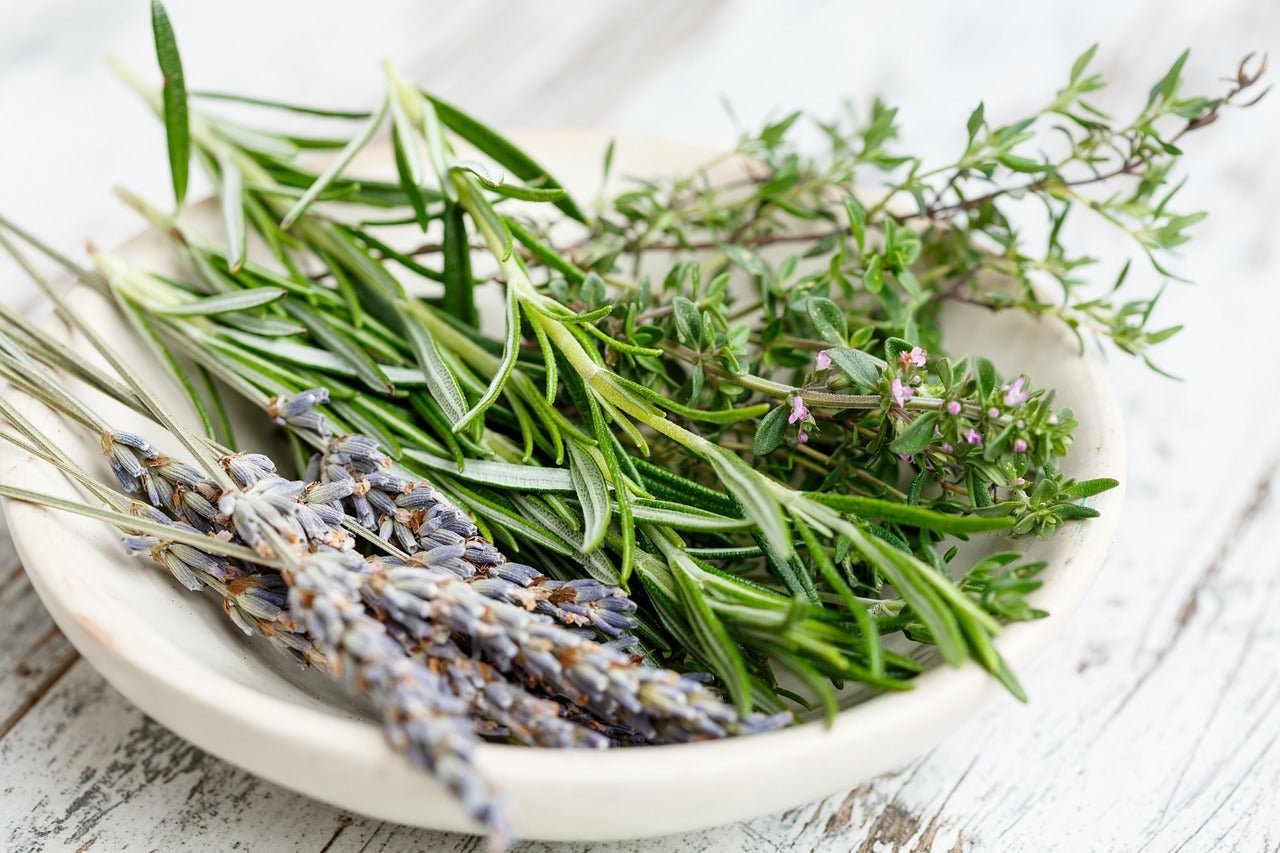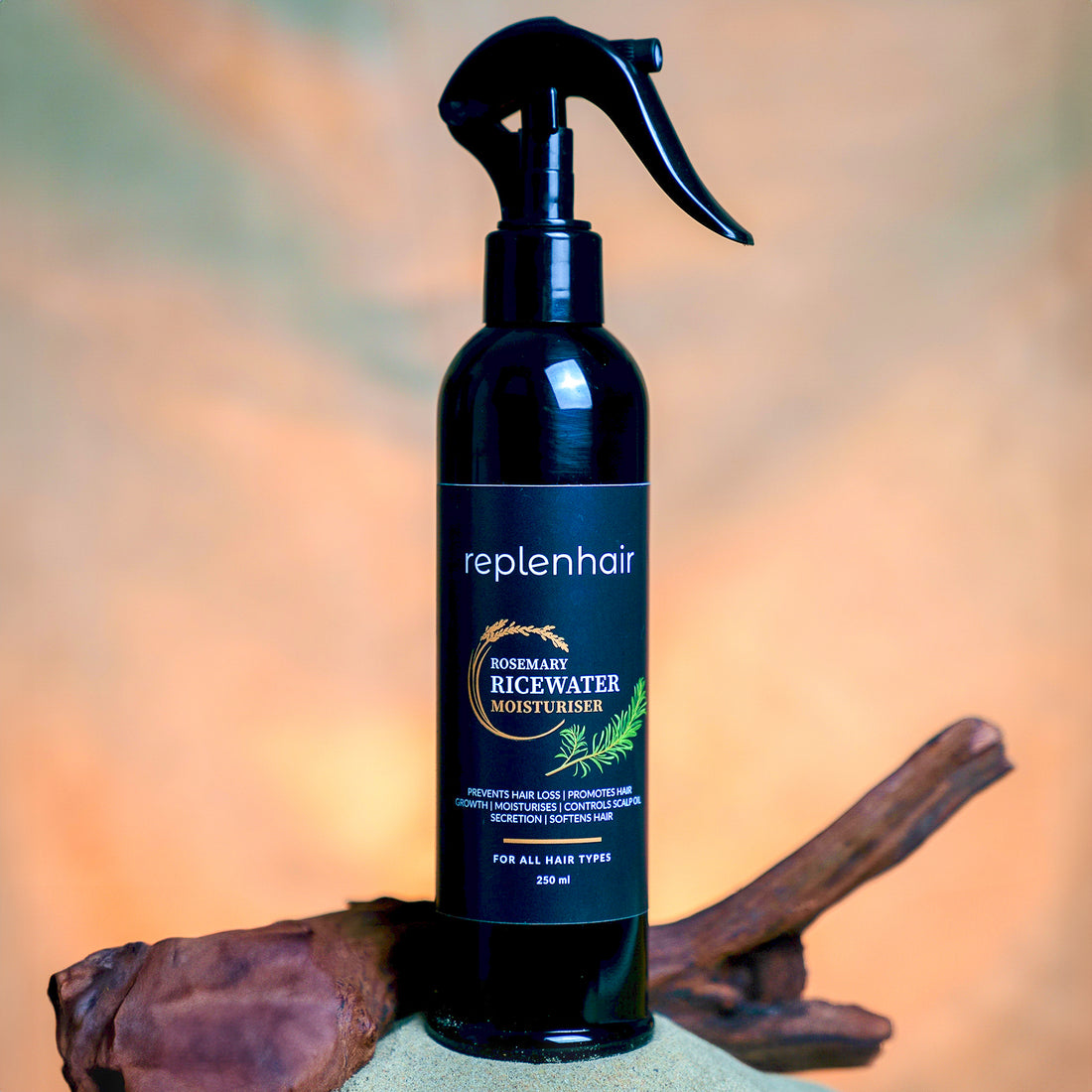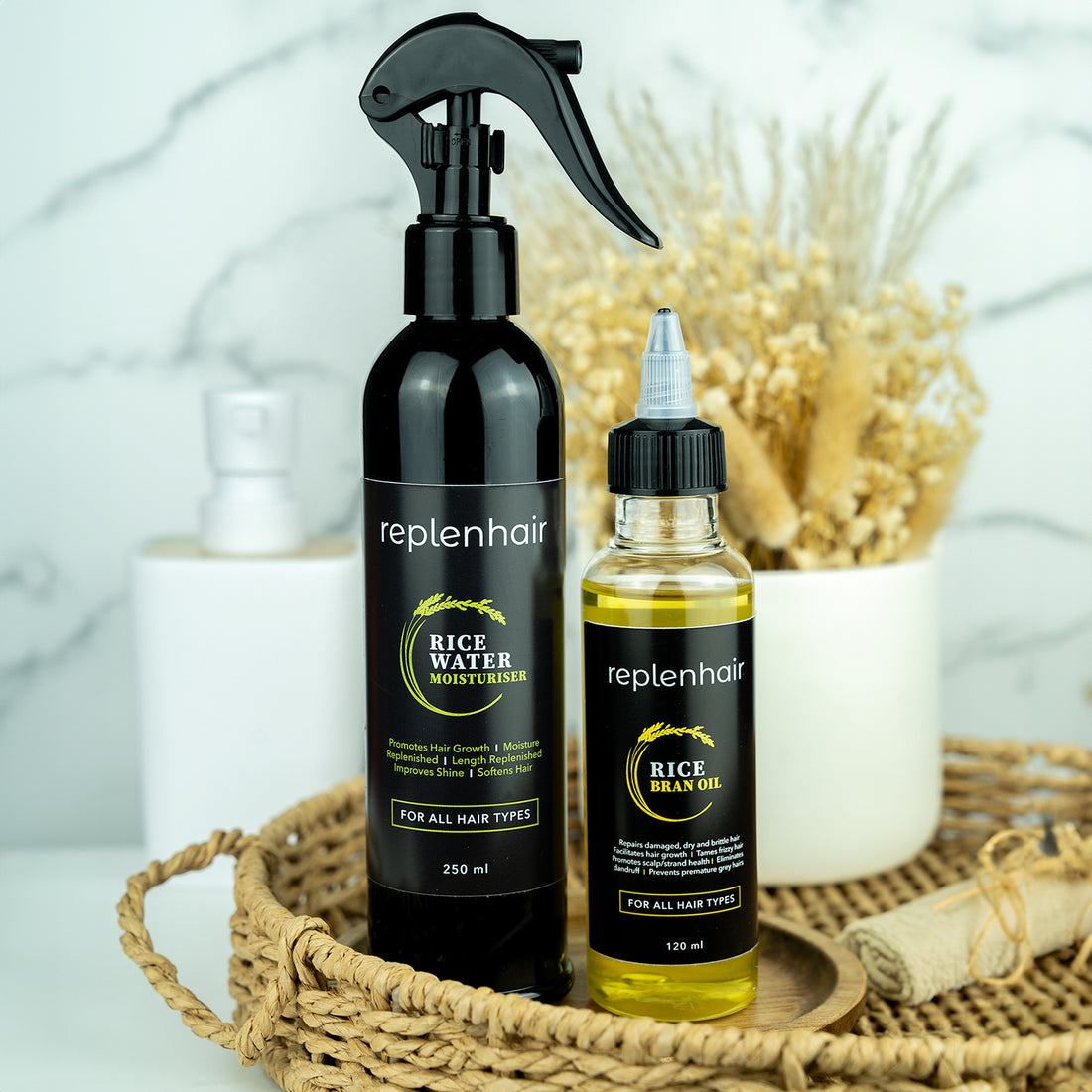Rosemary oil, known for its medicinal uses, culinary and beauty benefits, has been used for centuries.
If you've ever wondered about the rosemary oil benefits, they are largely due to the aromatic compounds present in it.
Introduction to Rosemary Oil
Rosemary, or Rosmarinus officinalis, is more than just a culinary herb. It has been used in traditional medicine for its antioxidant, anti-inflammatory, and antibacterial properties.
Today, rosemary oil is a popular ingredient in hair care products and aromatherapy. You can also use it to add flavour and aroma to your dishes.
Primary Benefits of Rosemary Oil:
- Enhances hair growth and reduces hair loss
- Helps to relieve muscle aches and joint pains
- Boosts memory and concentration levels
- Acts as a natural mood enhancer
- Offers respiratory relief
The Two Main Methods of Making Rosemary Oil
There are two primary methods of making rosemary oil: the Quick Heat Method and the No-Heat Infusion Method.
1. Quick Heat Method:This method is faster, but the oil should be used within a week to maintain its long shelf life and avoid it going rancid.
2. No-Heat Infusion Method: This method takes longer, but the resulting oil has a longer shelf life.
Ingredients and Materials You'll Need
Before you learn how to make rosemary oil, gather the necessary ingredients and materials.
- Rosemary: You'll need about a cup of rosemary leaves. Fresh rosemary is preferable, but dried rosemary can also be used.
- Carrier Oil: Olive oil is commonly used, but you can also use jojoba oil, sweet almond oil, or any other carrier oil of your choice.
- Glass Jar: A canning jar with a tight-fitting lid is ideal.
- Strainer or Cheesecloth: This is used to strain the rosemary leaves from the oil.
- Small saucepan: Required if you're using the Quick Heat Method.
- Bottles with droppers: For storing and using the oil.
The Quick Heat Method
The Quick Heat Method is a fast and simple way of making rosemary oil. If you're wondering 'how do you make rosemary oil' or 'how do I make rosemary oil', here's how to do it:
Step 1: Prepare the Rosemary
First, wash the fresh rosemary under cold, running water. Remove the leaves from the rosemary sprigs, discarding the stems. Measure out about a cup of organic rosemary leaves.
Step 2: Heat the Oil
Pour two cups of your chosen oil, such as olive oil, into a small saucepan. Add the rosemary leaves and heat over a low flame for about 5-10 minutes to create an oil infusion. Stir the mixture constantly.
Step 3: Strain and Cool the Oil
Use a metal colander or cheesecloth to strain the oil, now one of your carrier oils, into a large metal bowl. Discard the rosemary leaves. Allow the oil to cool.
Step 4: Bottle the Oil
Once the oil has cooled, transfer it to a clean canning jar. Label the bottle with the date and the ingredients used.
Step 5: Refrigerate the Oil
Refrigerate the oil to prevent bacterial growth. Use the oil within a week.
The No-Heat Infusion Method
The No-Heat Infusion Method, one of the extraction methods like solvent extraction and steam distillation, takes longer, but the resulting oil has a longer shelf life. If you're wondering 'how to make rosemary essential oil', here's how to do it:
Step 1: Sanitise the Jar
Boil the canning jar in a large pot of water for about 10 minutes. This will kill any bacteria that could spoil your oil, thanks to the jar's antimicrobial properties.rosemary oil. Wash the lid with soap and water and let it air dry.
Step 2: Add Rosemary to the Jar
Place your dried rosemary, one of the most commonly used dried herbs, in the jar. If you're using pre-packaged dried rosemary, add one large tablespoon.
Step 3: Pour Oil Over the Rosemary
Fill the canning jar with your chosen olive oil, ensuring all the rosemary is submerged. Leave about half an inch of space at the top.
Step 4: Infuse the Oil
Screw on the lid and place the jar in a sunny spot for the oil infusion. Leave it undisturbed for two weeks. During this time, the infused oil will slowly absorb the rosemary.
Step 5: Strain the Oil
After two weeks, strain the oil using a cheesecloth. Discard the rosemary.
Step 6: Store the Oil
Pour the strained oil back into the jar and replace the lid. The oil, with a long shelf life, can be stored at room temperature and will last up to one year.
Using Rosemary Oil for Hair Growth
Rosemary oil is a popular ingredient in hair care products due to its ability to stimulate hair growth and reduce hair loss. Here's the rosemary hair oil recipe on how to make rosemary oil for hair growth:
- Massage It Directly Into Your Scalp: Add a few drops of rosemary oil to a carrier oil and massage it into your scalp. Leave it in for at least 5 minutes before rinsing.
- Add It to Your Shampoo or Conditioner: Add a few drops of rosemary oil to your regular shampoo or conditioner for an added boost.
- Make a Hair Oil: Combine a few drops of rosemary oil with a nourishing oil like jojoba or argan oil. Apply this mixture to your hair and scalp.
Remember to use rosemary oil consistently for at least six months to see results.
Precautions When Using Rosemary Oil
While rosemary oil boasts numerous benefits, it's important to use it responsibly:
- Always dilute rosemary oil with a carrier oil before applying it to your skin or scalp.
- Never apply rosemary oil directly to your eyes.
- Pregnant women, individuals with epilepsy, and those with high blood pressure should avoid using rosemary oil.
In conclusion, learning how to make rosemary oil is a simple and rewarding process. Whether you plan to use it for its health benefits, in your beauty routine, or in your cooking, homemade rosemary oil is a versatile addition to your home.




